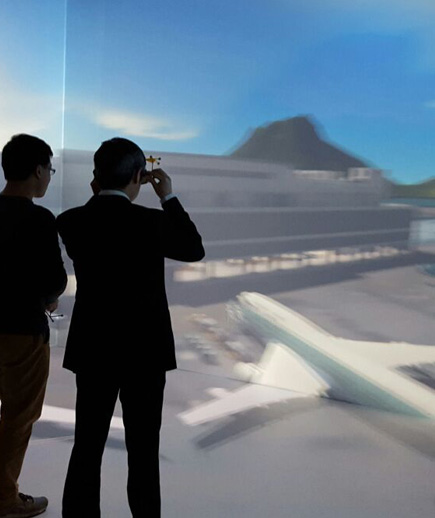

VIRTUAL REALITY
VIRTUAL REALITY
The concept of virtual reality is first introduced by Ivan Sutherland in 1963. He invented The Ultimate Display in 1965 to integrate the design, construction, navigation and habitation of virtual world into the computer. In recent decades, the definition of virtual reality is focused on the key elements of immersion, interaction, dynamic control, and human-computer interface. In 1990s, virtual reality is defined as an immersive and interactive experience generated by computer. Brooks in 1999 defined a virtual reality experience as any in which the user is effectively immersed in a responsive virtual world with a dynamic control point of view. Virtual reality is also defined as the sense of being in an environment, generated by natural or mediated means, through technological hardware and dimensions. In 2000s, virtual reality is interpreted as a closed computer system that consists of a virtual environment as well as a software and hardware interface, which allows interaction between a human and a computer. Later virtual reality is termed by using four key elements: a virtual world, immersion, sensory feedback and interactivity. In the 2010s, Dioni and Gilbert described virtual reality as computer-generated simulations of three-dimensional objects or environments with seemingly real, direct, or physical user interaction. Recently, virtual reality is referred to a collection of technologies for generating a human-computer interface that allows people to interact efficiently with, become immersed in, and to feel the presence in computerized 3D environments, while using their natural senses and motor skills in real time.